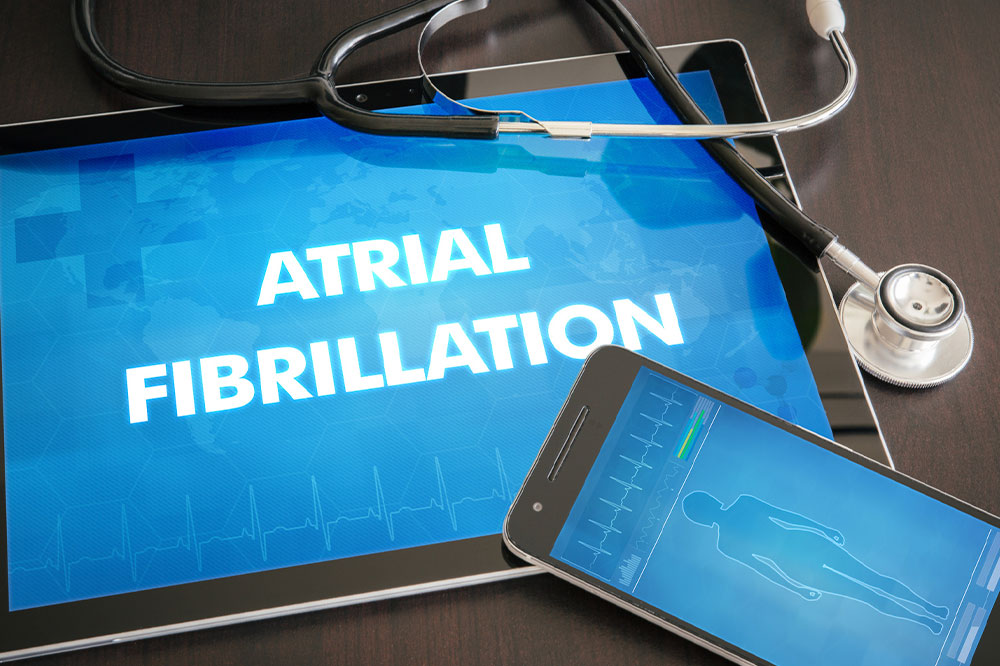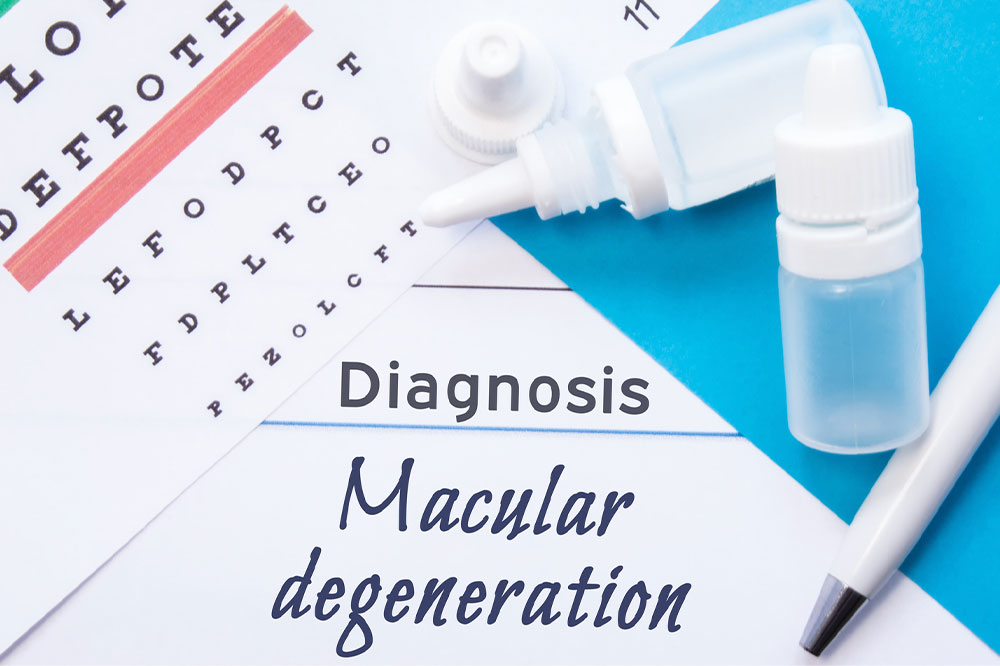
Huntington’s disease – Types of symptoms to look out for
Huntington’s disease is a rare illness that can be passed down from generation to generation. Furthermore, it can bring about degeneration of the nerve cells in the brain, causing patients to experience a decline in their functioning abilities. This means it can lead to disorders associated with cognitive ( thinking), body movements, and psychiatry. Besides this, the symptoms can develop at any age. Therefore, here are some hidden signs and symptoms of Huntington’s disease.
Hidden signs of Huntington’s disease
Typically, this condition affects the patient’s functioning abilities. Moreover, it has been noticed that the symptoms of the illness fall under a wide spectrum, making them difficult to observe. So, patients can experience different first signs signifying the development of Huntington’s disease. Thus, written below are some hidden signs to keep an eye out for.
Physical symptoms
Generally, the symptoms of Huntington’s disease, also known as HD, can be noticed in the form of changes to gait and body structure. Additionally, it can lead to impairments in voluntary movements and involuntary movement issues. Here, some signs that can be noticed are unusual or slow eye movements, muscle-related issues like rigidity or contractions, speech and swallowing difficulties, and involuntary movements like writhing or jerking.
Apart from these, patients may experience issues with certain everyday activities like walking, causing them to stumble or lose their balance.
While problems associated with voluntary movements can make things difficult for the patients, the more alarming cause of worry is the involuntary movements that can occur more often, hindering the patient’s independence, daily activities, and communication.
Cognitive symptoms
As mentioned previously, HD can cause the degeneration of nerve cells in the brain. This can lead to certain alterations in the organ, thus affecting the patient’s cognitive and emotional functionality. These changes can be progressive and can be noticed in the form of signs such as memory loss, disorientation or confusion, lethargy, apathy, and a reduction in organizational skills.
Besides these, cognitive impairments associated with the illness are lack of impulse control – outbursts and actions without thought, reduction in thought processing time, lack of self-awareness, and trouble learning new information.
Further, cognitive decline in patients can manifest as impaired judgment and trouble with making decisions, driving, and answering questions. Then, over time, patients may notice other signs, such as difficulty in concentration and completion of intellectual tasks.
Another symptom that might be triggered by Huntington’s disease is chorea. It originates in an area of the brain called basal ganglia – collections of nerve cells deep inside the brain responsible for movement control. As a result, one might experience involuntary, irregular, and unpredictable muscle movements.
While looking out for the cognitive symptoms, one must keep in mind that these hidden or less noticeable signs can worsen with time. So, chances are, as the illness progresses, patients may develop dementia and require around-the-clock assistance or full-time care.
Behavioral symptoms
As the nerve cells in the brain are affected, patients can have sudden changes in their brain function. These can be noticed by looking for certain hidden signs of Huntington’s disease, like insomnia, irritability, apathy, social withdrawal, seizures, and energy loss or fatigue. But the issues do not stop there. Some of the other common psychiatric disorders that patients can develop are:
Obsessive-compulsive disorder ( OCD) – This is often characterized by repetitive behaviors and intrusive thoughts.
Mania – Here, patients can show signs like overactivity, impulsive behaviors, inflated sense of self-esteem, and elevated mood.
Similarly, some patients can have delusional disorders and other behavioral symptoms like stubbornness, aggressiveness, moodiness, and irritability.
Another important factor to note is that HD can be divided into 5 stages, and each stage indicates – the loss of different functional abilities and changes in the patient’s situation. So, the more neurons are affected by HD, the more changes can occur to the patient’s behavior.
Nevertheless, these behavioral changes can vary from one person to the other. Some can experience mild symptoms, while for others, it could be severe enough to disrupt daily activities.
Signs of juvenile Huntington’s disease
In addition to the hidden signs of Huntington’s disease mentioned above, one must be aware of the symptoms of juvenile Huntington’s disease – a form of the illness that affects children and teenagers. Here, one must remember that when compared with adults, the symptoms of HD can be different for children. So, it’s important to watch out for the early indicators to identify the disease in its early stages.
Behavior-related symptoms or changes
Some symptoms that can be considered hidden or difficult to notice include rapid and sudden drops in school-related performance, behavioral issues, and difficulties in paying attention.
Physical symptoms or changes
Parents and caregivers should be vigilant for any sudden physical changes in children, such as slight involuntary movements (tremors), clumsiness, frequent falls, seizures, or rigid and contracted muscles affecting their body structure. Although children may also notice these changes, it’s important for adults to keep an eye out for them as well.
Finally, it’s important to remember that the hidden signs and symptoms of Huntington’s disease are similar to other illnesses. Therefore, when one notices even slight changes in movements, mental ability, and emotional state, one must consult a certified healthcare professional at the earliest. This way, one can rule out other health issues and get a final and thorough diagnosis of the condition.
Post-diagnosis, one can speak to the doctor and opt for treatment alternatives according to their symptoms. This means treatment of the illness can differ depending on the symptoms. For instance, patients facing difficulties in speech and swallowing food can be advised speech and occupational therapy to ease their issues.
But, one must bear in mind that there is no cure for the disease yet. However, physical therapy, occupational therapy, psychotherapy, and speech therapy can help the patients adjust to the ability changes for some time. This can effectively aid in providing the patients with management techniques that can lessen their discomfort. Physical therapy, for example, may involve recommending safe exercises to improve balance, coordination, flexibility, and movement.
However, these exercises must be done under the supervision of a certified medical professional to avoid further issues.




